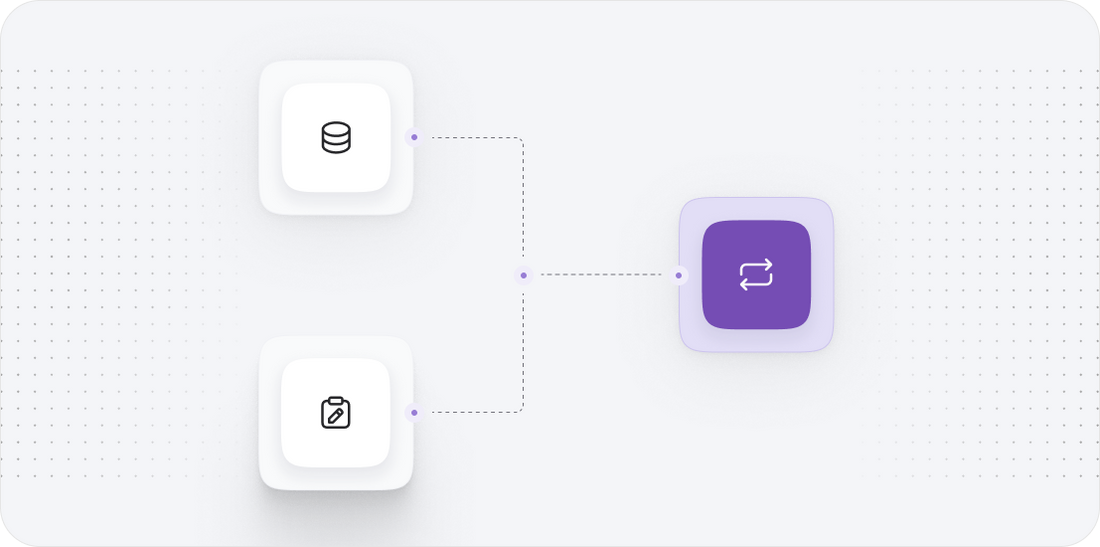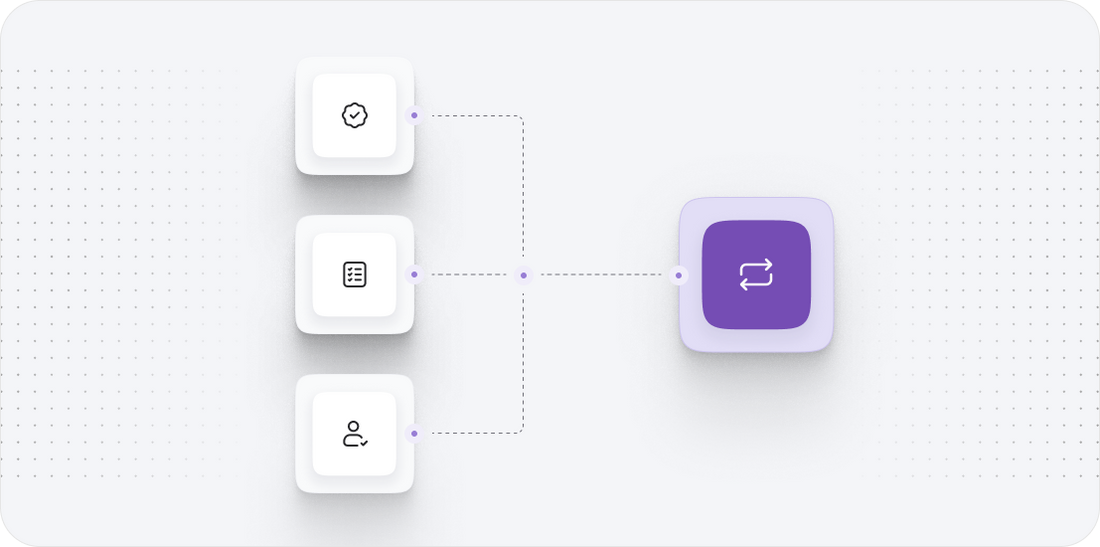





Lightspeed to Openmage
Migrating your store from Lightspeed to Openmage might seem daunting, but with proper planning and the right tools, it's a smooth process. Follow this step-by-step guide to ensure a successful transition.
Schedule a call
Step-by-Step Migration Guide: Lightspeed to OpenMage migration guide
Step 1: Pre-Migration Assessment and Planning
In this initial step, we conduct a thorough assessment of your current Lightspeed setup, including inventory, customer data, and order history, to prepare for a seamless migration to OpenMage.
Step 2: Data Backup and Export
This step involves backing up all critical data from your Lightspeed store and exporting it in a compatible format for OpenMage, ensuring data integrity during migration.
Step 3: Setting Up OpenMage Environment
This step focuses on preparing your OpenMage environment, including server setup and configuration, to ensure compatibility with the imported data from Lightspeed.
Step 4: Data Import into OpenMage
In this crucial step, we will import the previously exported data from Lightspeed into your new OpenMage environment, ensuring all records are correctly integrated.
Step 5: Configuring OpenMage Settings
This step involves fine-tuning OpenMage's settings, including payment methods, shipping configurations, and store preferences to align with your business operations.
Step 6: Testing the New OpenMage Store
Thorough testing is essential in this step to ensure that all functionalities work as expected, allowing for a smooth launch of the new OpenMage store.
Step 7: Go Live and Post-Migration Monitoring
In this final step, we will launch your OpenMage store and monitor its performance closely to address any issues that may arise post-launch.
Power Your Step - Get in Touch
Ready to embark on your migration journey with expert assistance? Contact PowerCommerce today for a seamless transition from Lightspeed to OpenMage.
Step 1: Pre-Migration Assessment and Planning
Objective: The primary goal of this step is to gather all necessary information and create a comprehensive migration plan. This ensures that no critical data is overlooked during the transition from Lightspeed to OpenMage.
First, we should evaluate the current state of your Lightspeed store. This includes:
- Identifying the types of products you sell, including any variants or customizations.
- Reviewing customer accounts and order history to determine what data needs to be migrated.
- Assessing current integrations, such as payment gateways and shipping providers, to ensure compatibility with OpenMage.
- Documenting any specific business processes that need to be replicated in OpenMage.
Next, we will create a detailed migration plan that outlines:
- The timeline for migration, including any downtime that may be required.
- A checklist of all data types to be migrated, such as product information, customer data, and order history.
- The tools and resources needed for the migration process.
Finally, we will create backups of your Lightspeed data to ensure you have a secure copy before proceeding with the migration.

Step 2: Data Backup and Export
Objective: To create secure backups of your data and export it in a format that can be easily imported into OpenMage.
We need to follow these sub-steps to back up and export your data:
- Access your Lightspeed backend: Log into the Lightspeed admin panel and navigate to the data management section.
- Backup your data: Make use of Lightspeed’s built-in backup feature to create an up-to-date backup of all your data. Ensure that you save this backup in a secure location.
- Export product data: Go to the products section and select the export function. Choose the appropriate format for OpenMage (CSV or XML, depending on your needs).
- Export customer and order data: Similarly, export customer information and order history using the same format. Ensure that you also include any relevant metadata.
- Verify data integrity: After exporting, review the exported files to confirm that all necessary information has been included and formatted correctly.
By the end of this step, we will have a secure backup and all necessary data exported, ready for the next phase of migration.

Step 3: Setting Up OpenMage Environment
Objective: To establish a fully functional OpenMage environment where the migrated data can be imported seamlessly.
Follow these steps to set up your OpenMage environment:
- Select a hosting provider: Choose a reliable hosting environment that supports OpenMage. Consider factors like scalability, performance, and security features.
- Install OpenMage: Follow the installation instructions provided by OpenMage. Ensure that you meet all system requirements, such as PHP version, MySQL database, and necessary extensions.
- Configure database: Create a new MySQL database for OpenMage, and set up the necessary user permissions to allow OpenMage to access the database.
- Modify configuration files: Adjust the OpenMage configuration files to reflect your server settings, including database connection details and directory paths.
- Test the installation: Once installed, access the OpenMage admin panel and perform a functionality test to ensure everything is operating correctly.
This step ensures that your OpenMage environment is fully prepared for the incoming data from your Lightspeed store.

Step 4: Data Import into OpenMage
Objective: To successfully import all necessary data from Lightspeed into OpenMage without data loss or corruption.
We will proceed with the following steps:
- Access OpenMage admin panel: Log into your newly set up OpenMage environment.
- Navigate to import tools: Go to the system import section where you can upload data files.
- Import product data: Use the import functionality to upload the previously exported product data file. Map the fields correctly to ensure data integrity.
- Import customer and order data: Repeat the import process for customer and order data, ensuring that all relationships between entities are maintained.
- Run data validation: After importing, perform a data validation check to ensure that all records are accurately reflected in OpenMage. Look for any discrepancies and resolve them promptly.
By the end of this step, all Lightspeed data should be successfully imported into OpenMage, paving the way for the next configuration tasks.

Step 5: Configuring OpenMage Settings
Objective: To configure OpenMage settings to ensure that your store operates effectively and meets business requirements.
We will undertake the following configuration tasks:
- Set up payment methods: Navigate to the payment settings section in OpenMage and configure payment gateways based on your business needs.
- Configure shipping options: Go to the shipping settings section and input the necessary information, including shipping methods, rates, and regions served.
- Adjust store preferences: Set up your store’s preferences, including currency, language, and default tax settings.
- Review SEO settings: Ensure that SEO settings are optimized for better visibility on search engines. This includes URL structure, meta tags, and sitemap generation.
- Test configurations: Conduct a series of tests to ensure that all configurations are functioning as intended, including placing test orders and reviewing payment processing.
Completing this step ensures that your OpenMage store is fully operational and ready for customer transactions.

Step 6: Testing the New OpenMage Store
Objective: To conduct comprehensive testing to verify that your OpenMage store is fully functional and ready for public access.
We will execute the following tests:
- Perform user acceptance testing (UAT): Involve selected users to navigate through the store and provide feedback on their experience.
- Test ordering process: Simulate customer orders, including different scenarios such as guest checkout, registered user orders, and back-order scenarios.
- Validate payment processing: Ensure that all payment methods are functioning correctly, and transactions are recorded accurately in the system.
- Check shipping configurations: Confirm that shipping rates are calculated correctly and that orders are processed with the correct shipping methods.
- Review website performance: Use website performance tools to check loading times, responsiveness, and overall user experience.
This testing phase is crucial to identify any potential issues before going live with your OpenMage store.

Step 7: Go Live and Post-Migration Monitoring
Objective: To successfully launch the new OpenMage store and ensure it functions smoothly in the live environment.
Follow these steps to go live:
- Switch your domain: Update your DNS settings to point your domain to the new OpenMage store.
- Monitor performance: Use monitoring tools to track your site's performance, ensuring that it handles traffic as expected.
- Gather feedback: Encourage customers to provide feedback on their shopping experience on the new platform, allowing you to identify areas for improvement.
- Address any issues: Be proactive in resolving any issues that arise after launch, whether they are technical problems or customer service concerns.
- Plan for ongoing support: Establish a plan for ongoing maintenance and support to ensure your OpenMage store remains secure and updated over time.
With the completion of this step, your Lightspeed to OpenMage migration will be fully realized, empowering your business to thrive on a robust ecommerce platform.

Power Your Step - Get in Touch
Partner with PowerCommerce: Our team of ecommerce specialists is here to support you every step of the way. We understand the complexities involved in migrating between platforms and are committed to ensuring your transition is as smooth as possible.
Contact us today!
- Visit our contact page to fill out our inquiry form.
- Call us directly at 800-099-9090 for immediate assistance.
- Email us at info@powercommerce.com to discuss your needs and get started.
Experience our commitment to innovation, scalability, and customer-centricity in your migration process!
Stay aligned on what's happening in the commerce world
Trusted by 1000+ innovative companies worldwide
Schedule Your Migration Today
For businesses prioritizing simplicity, scalability, and robust support, Shopify is the clear winner.
Looking to migrate without hassle? Power Commerce can handle the entire process, ensuring smooth data transfer, store setup, and post-launch success.
Marka Marulića 2, Sarajevo, 71000 BiH
00387 60 345 5801
info@powercommerce.com


